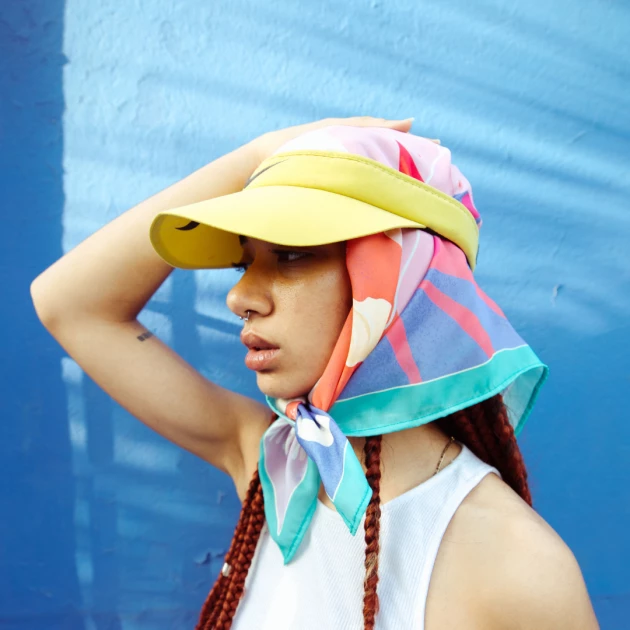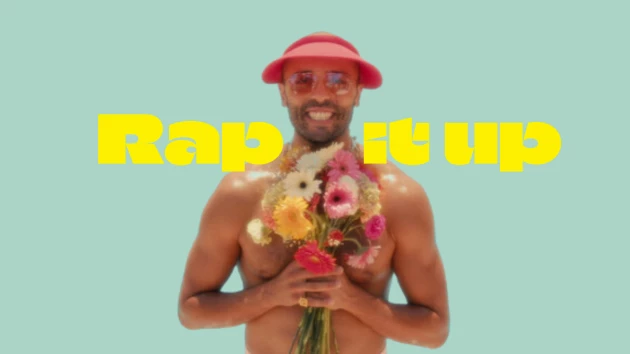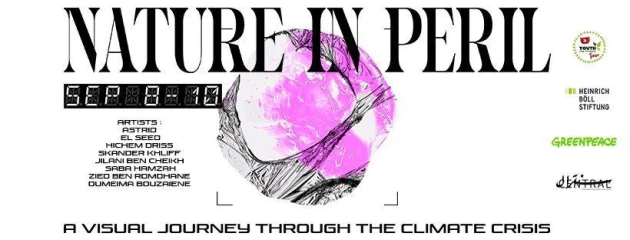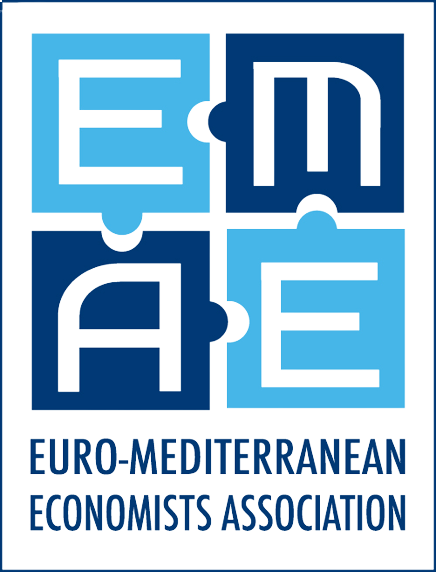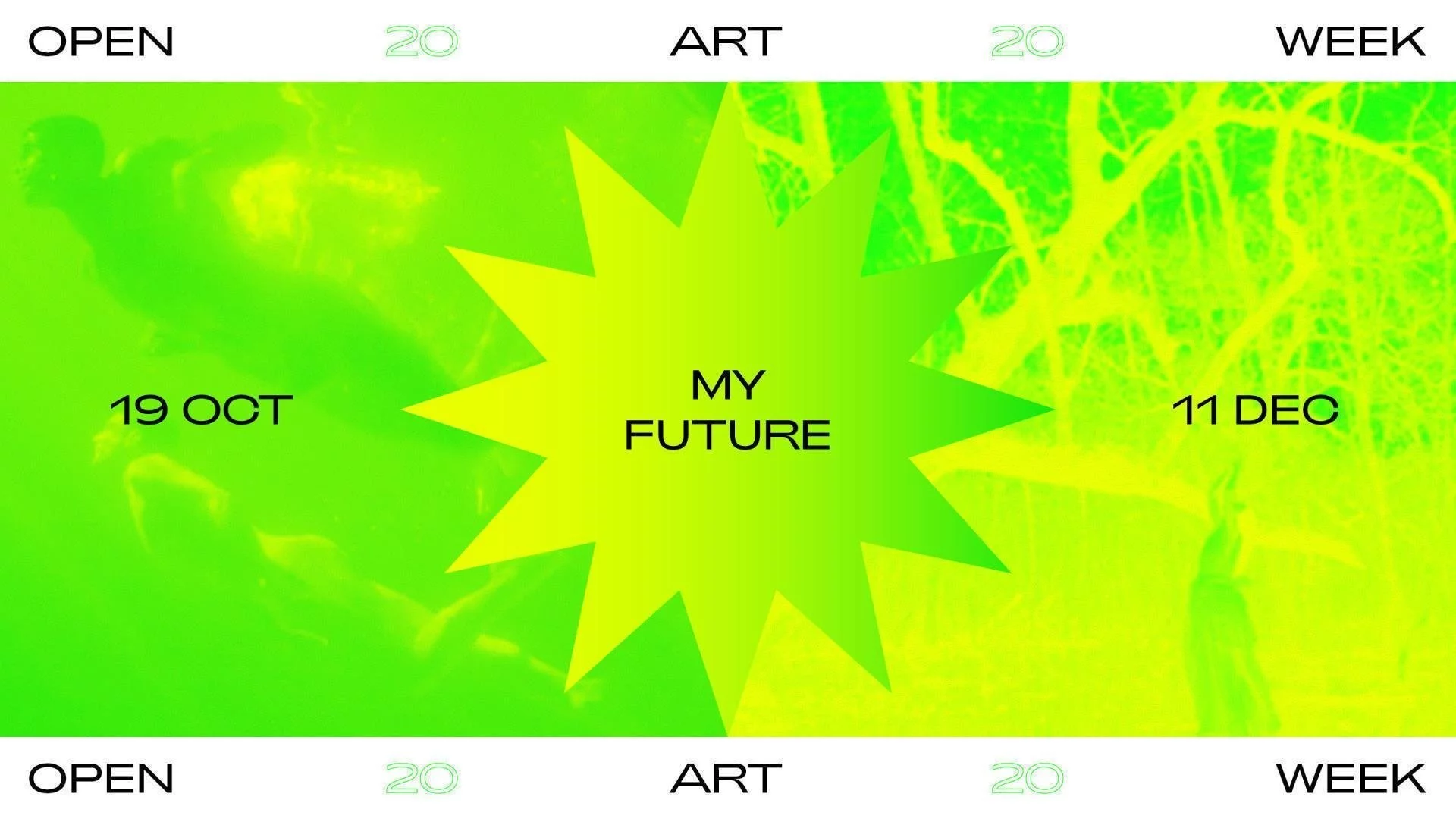
We celebrate the difference
Open Art week 2020: Fashion matters
6 min read — Nov 09, 2020
"My Future" is the name of the 3rd edition of "Open art week", a project dedicated to creativity, arts, and artists happening both in Italy and Tunisia and is taking place from October 19th to December 11th.
Events as such have been mostly canceled due to the Covid19 pandemic, but it's not the case for OAW2020. This year's edition is fully online, a challenge yet a new digital experience that's considered as proof that there's always a way to adapt to the current situation and to keep moving forward. The themes explored are creativity and technology, social and virtual communities, visions and imagination of the future to come. This year, the artistic subjects privileged fashion, art edition – comics and illustrations that are considered among the creative industries more affected by health and economic crisis. The invited artists include over 30 international creatives, from Europe (Italy, Switzerland, France, Romania) and from Northern Africa (Tunisia, Algeria), with two-thirds under 30.
This edition welcomes also the participation of well-known and established professionals from the Italian and North-African fashion area. There will be Fashion Conversations, from 3 November to 1 December, presented by Duccio Bosio – Coordinator of Saint Laurent Couture Institute, with five professionals working for the most prestigious fashion brands in the world, about their careers and their vision when it comes to the future of the Fashion industry. There will also be online/Virtual Fashion exhibition Fashion Breaks, A series of ten original video clips from ten of the most innovative and groundbreaking fashion designers under 30 in Italy and Tunisia.
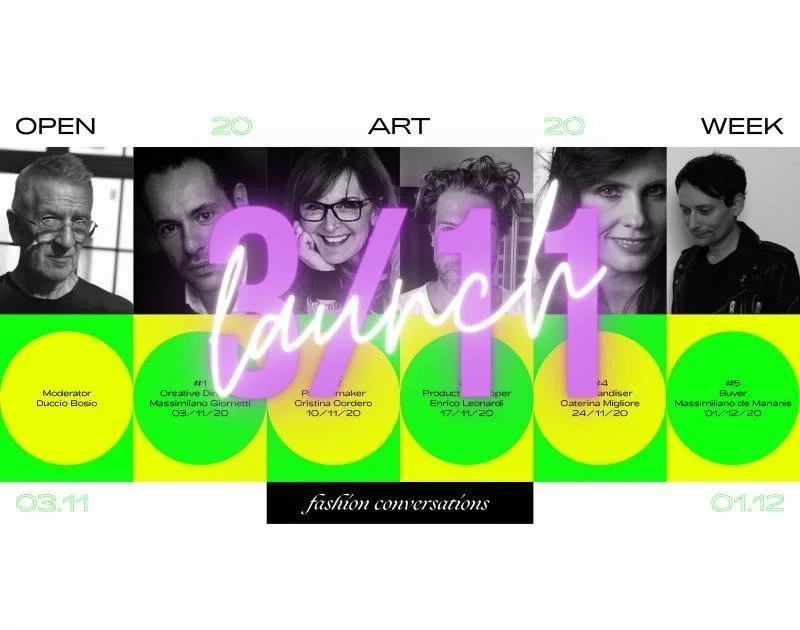
For that occasion, we couldn't help but wonder: Why is Fashion a privileged subject for OAW this year?
We had to ask Gaia Toschi , the director of OAW, a few questions to know more about Open art week's interest in fashion and its interest in the Tunisian creative community.
Here's What she had to say:
Why did you choose fashion as one of the artistic subjects in this third edition of Open Art Week?
GT: Fashion has been one of the creative industries most affected by the pandemic. In particular young and emerging brands and designers have been severely touched by the crisis. Though OPEN ART WEEKusually works in a trans-disciplinary fashion - with artists coming from cinema, performance, and visual arts… this year we decided to focus on creative sectors heavily impacted by health and economic crisis. Among them is fashion.
What did you find interesting in Tunisia’s fashion industry that you chose to include Tunisian designers in the young Fashion designer mobile contest and also in the exhibition Fashion Breaks?
GT: OPEN ART WEEK has had a consolidated artistic relationship with Tunisia, from its inception. We started collaborating and supporting the international mobility of Tunisian artists (over 40 artists to date) to Italy since 2018. So Tunisia was a "natural" choice. With regard to fashion: this year we really wanted to contribute to the exposure of Tunisian young designers. We felt that they are not as exposed and known as other Tunisian art professionals (film directors, dancers, and visual artists…). To do so we decided to call them to participate in the Young Fashion Design Video Contest, in order to select the most significant - to us - to join the Fashion Breaks exhibition. We also decided to pair them with Italian fashion designers, which can count on a strong tradition and industry.
What potential did you see in Tunisia when it comes to fashion?
GT: The artistic Tunisian scene I have come to know following the revolution is revealing a whole new generation of artists full of ideas; fearless to explore and grasp opportunities to promote their art and vision of a new Tunisia; eager to bridge Africa to the “West” without compromising their identity. This is one of the greatest potentials I particularly value about Tunisia.
With regard to fashion, what intrigued me about the Tunisian artists we selected to join Open Art Week is their strong social and political awareness. Their way to interlace their Tunisian identity and modernity/globalization. Their strong determination to leave a bold statement through their creations and to contribute to the create a Fashion Industry in Tunisia. Their strong attachment to their community.
The way they value their heritage, but also new democratic values. I think, nowadays, we urgently need this type of engagement and new narratives in the fashion industry.
What differences did you notice or see, during the contest while receiving applications, when comparing Italian fashion designers and Tunisian Fashion designers?
GT: As I mentioned already, I noticed that Tunisian designers and brands often have a strong social “agenda” or message. While Italian artists seem to be more focused on aesthetics and global issues. Speaking about the applications we received: Italian participation has been stronger. We have received a higher number of applications from the Italians. Finally with regard to more technical aspects: it seems that Italian fashion designers could often count on a strong technical backup and training, often provided by the schools we collaborated with for this edition. These are among the best Italian schools of design in Italy. So in terms of digital experimentation, some of the videos we received from Italy are pretty impressive. Surprisingly, though in the contest we highly encouraged low-budget mobile videos to reach the youngest designers, 90% of the videos sent to us - by both Tunisian and Italian designers - are videos filmed with professional equipment.
Due to Covid19, exhibitions and conversations are online when it comes to this year’s edition. Do you think that would have an impact on this edition’s success?
GT: Considering that the very medium of the exhibition and the Fashion conversations are digital (video), I think that the online exhibition modality is perfectly in line and appropriate. So, in this sense, the impact has been positive. The challenge for us though has been to critically use the digital medium in a creative way - and not as a mere way to broadcast an event. That is why concerning Fashion, we tried to integrate the newest trends and visual formats, including mobile videos and video clips.
At the same time, we also tried to work online in a dynamic way using social media as an exhibition space in itself and using the website of OAW more as an archive or a virtual space where visitors can find more detailed information. As a result of the pandemics and the lockdown experienced by many countries, we are anyway facing a huge offer of virtual cultural products. And standing out is pretty challenging and very competitive. Maybe this is a more critical aspect … that I think many cultural projects, festivals, and organizations are facing today.
What is Open Art week’s Vision for this year's Edition?
GT: The core idea of OPEN ART WEEK is to connect independent artists and spaces around the world. To contribute to the circulation of diverse voices and narratives of our time. To showcase in real-time alternative visions of the problems, frontiers, and challenges we experience as citizens of this world. In this edition, we wanted to talk about the pandemics, not as mere problems, but more as an opportunity, a starting point to talk about a better future. That is why we called this edition “My future”. We asked each participating artist to convey his own vision of the world to come. There are no definitive or general answers, but a collection of visions and sources of inspiration, which we believe we greatly need today to shape what is waiting for us.
Visit Openartweek.com for more information, and don't forget to follow this new online experience.
